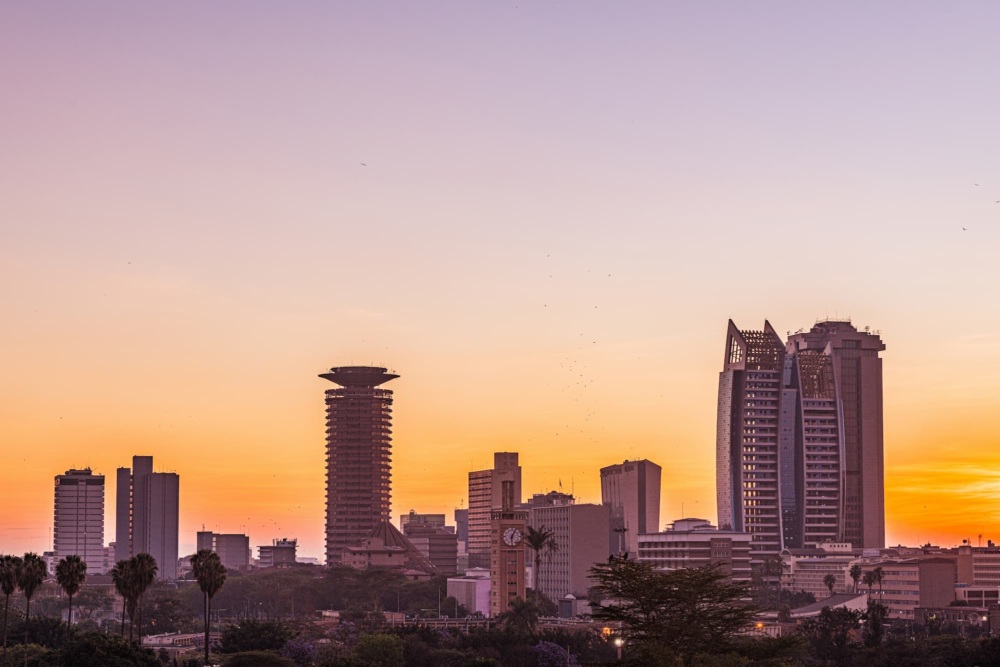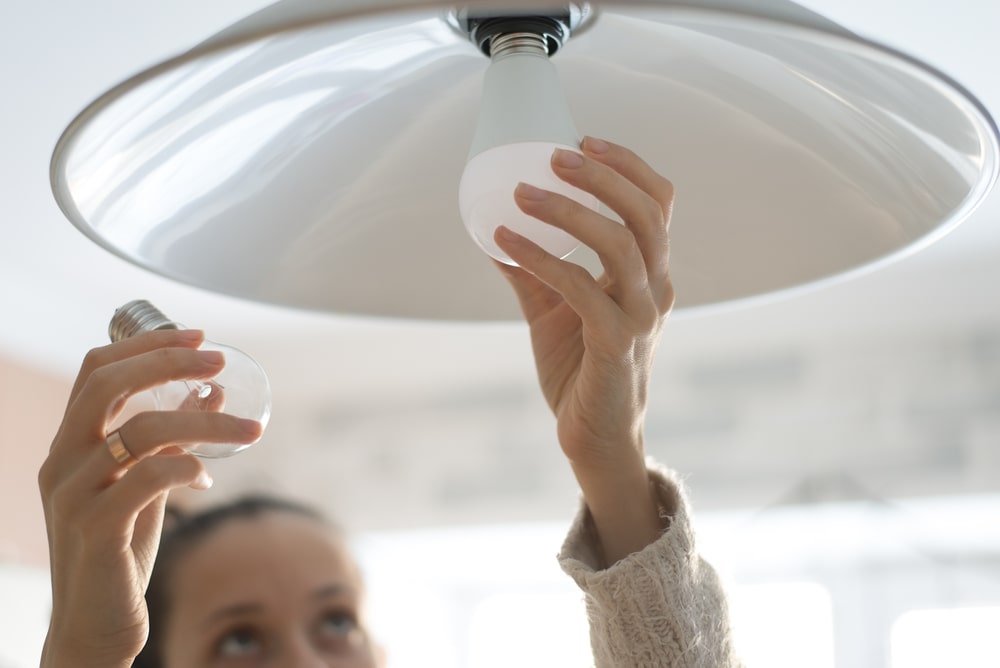International Clean Air Day: 6 Tips to Reduce Air Pollution in Your Kitchen
September 7th is the International Day of Clean Air for blue skies, the perfect occasion to improve the air quality in your kitchen.
Did you know indoor air pollution levels can often be higher than the outdoors? Kitchens contain sources of air pollution that impact our health and the environment. To mark this International Day of Clean Air for blue skies, here are some tips that will help you reduce air pollution and breathe new life into your cooking haven.
1. Embrace electrification
Electrification is a game-changer when it comes to reducing levels of indoor air pollutants.
- Use electric or induction cooktops instead of gas burners to reduce indoor air pollution.
- Choose electric appliances instead of gas hobs and ovens, such as microwaves, kettles, air fryers and toasters, whenever possible.
2. Vigorously ventilate
Effective ventilation is essential to reduce indoor air pollution.
- If you can, open the windows when cooking.
- Turn on your ventilation hood, if you have one, when preparing meals, and keep it running for several minutes after cooking.
3. Cook cleverly
Minimise cooking emissions through healthy cooking practices.
- Avoid overheating oils and fats, which can release harmful fumes. Choose oils with higher smoke points.
- Opt for cooking methods that produce fewer emissions, such as baking, steaming or microwaving. These methods generate less fumes compared to deep-frying or grilling, for example.
4. Master maintenance
Regularly clean and maintain kitchen appliances to prevent the build-up of pollutants and cooking residue that can emit harmful particles when heated.
- Clean kitchen surfaces and appliances with eco-friendly, non-toxic cleaners. Opt for products that do not contain irritants, flammable components and fragrances.
- Fix leaky faucets and pipes to prevent moisture-related air pollution.
- Keep your kitchen well-ventilated during and after cleaning and open any doors and windows.
5. Purify perfectly
If you are looking to improve indoor air quality, there are options to explore.
- Air purifiers can help reduce fine particles and pollutants produced during cooking.
6. Monitor air quality
Indoor air quality is closely linked to outdoor conditions, so keep an eye on the air quality in your area. Different technologies can help you monitor the air quality of your kitchen:
- Smoke detectors are becoming more sophisticated and detect not only smoke, but can also detect specific pollutants, such as carbon monoxide (CO), carbon dioxide (CO2), nitrogen dioxide (NO2) and particulate matter (PM), to name a few.
- If you already have a smoke detector that does not monitor pollutants, think of using an indoor air quality monitor or sensor that can empower you to proactively address air quality concerns.
If you or someone in your household is experiencing health symptoms that might be linked to indoor air pollutants, it is important to consult a healthcare professional.










